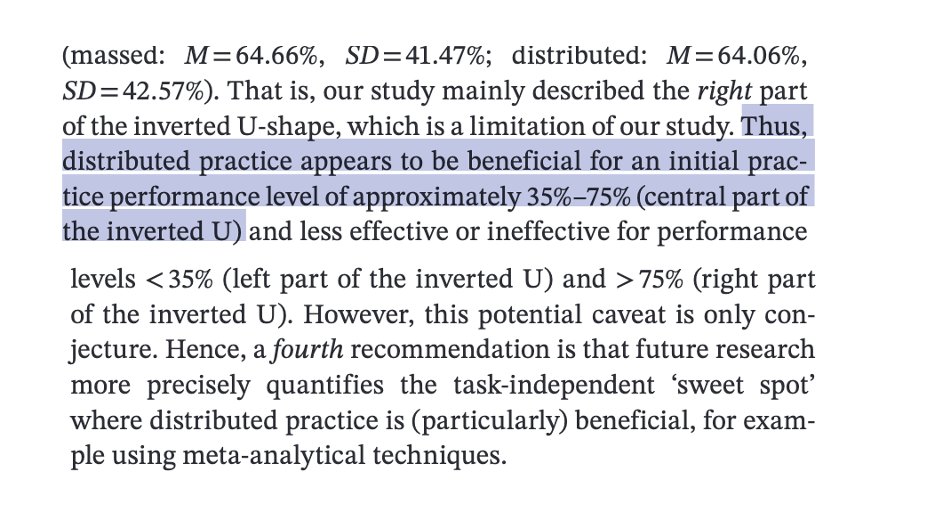Expertise isn't about having more working memory, it's about needing less of it. Experts automate many components in long-term memory and can recognise meaningful patterns instantly, bypassing the need to process individual elements. ⬇️ 🧵
For example, the multiplication tables aren't memorised for their own sake, but because automated arithmetic facts free working memory for algebraic reasoning.
Phonics isn't taught to create little robots, but because automated letter-sound correspondences liberate the cognitive resources necessary for comprehension and analysis.
Effective instruction should therefore be unapologetically foundational and cumulative. Students need extensive practice with basic components until recognition becomes automatic.
This reveals a fundamental paradox in learning: to begin thinking at higher levels, we must first stop thinking about lower levels.
Yet this creates a timing problem. The payoff from automation is delayed, students must invest significant cognitive effort in foundational skills before experiencing the liberation that expertise provides.
This is why explicit instruction and guided practice matter so profoundly: they provide the scaffolding necessary to build automated systems without overwhelming working memory in the process.
This is why explicit instruction and guided practice matter so profoundly: they provide the scaffolding necessary to build automated systems without overwhelming working memory in the process.
Like financial compound interest, cognitive automation creates exponential returns over time. Each automated component frees cognitive resources that can be invested in learning the next level of complexity.
The student who has automated reading can focus on literary analysis. The mathematician who has automated algebraic manipulation can engage in proof construction. The historian who has automated chronological frameworks can engage in causal reasoning across complex historical narratives.
But this compounding effect also explains why gaps in foundational knowledge become increasingly difficult to remediate. Students who lack automated number sense struggle with algebra not because they can't understand abstract thinking, but because their working memory is consumed by basic arithmetic that experts perform unconsciously.
When students struggle with complex tasks, the solution isn't to simplify our expectations or assume lower ability. Instead, we must examine what foundational components require conscious processing and systematically work to automate them. The goal isn't to make learning easier, but to make the difficult appear effortless, just as it does for every expert in every domain. 🧵
• • •
Missing some Tweet in this thread? You can try to
force a refresh
















